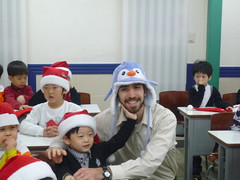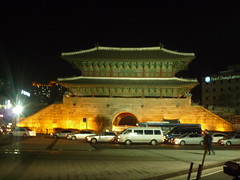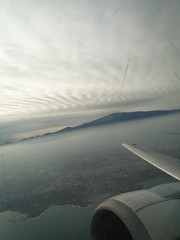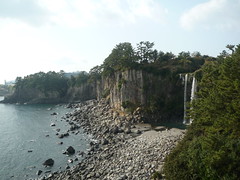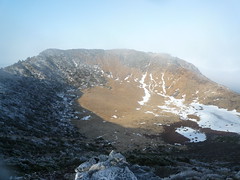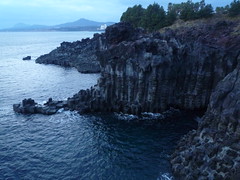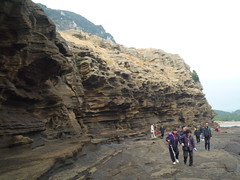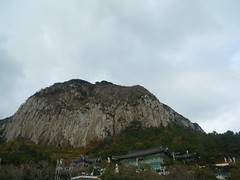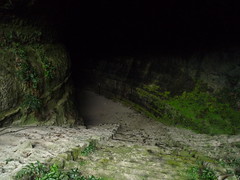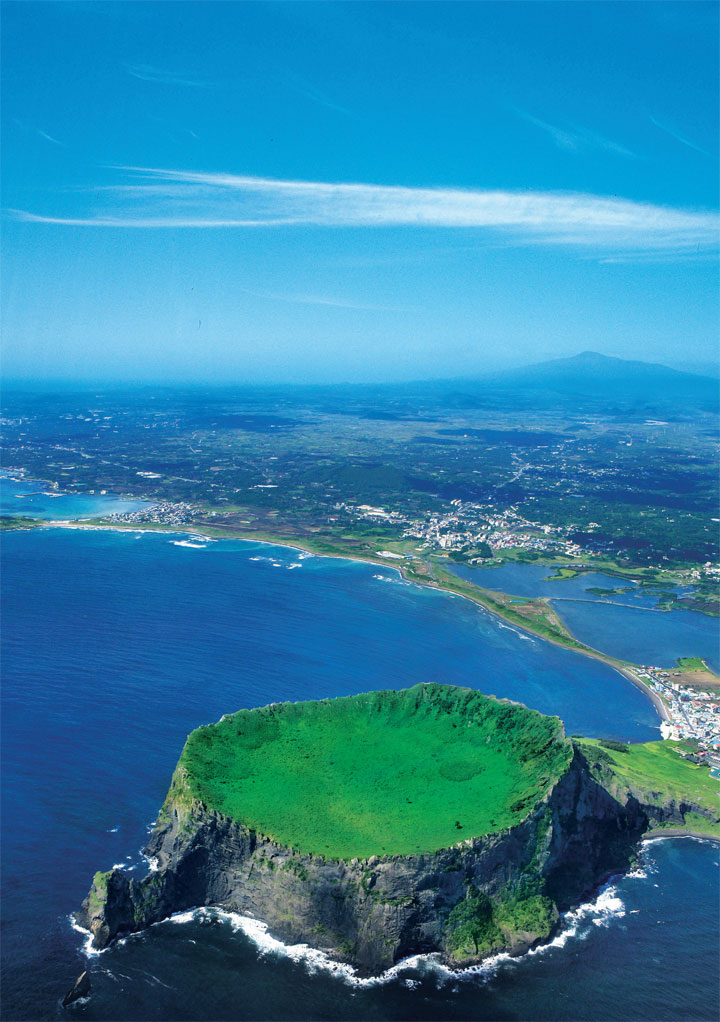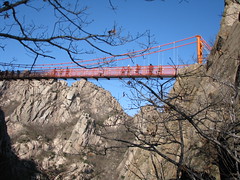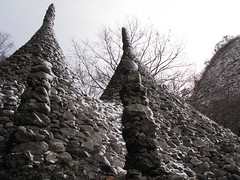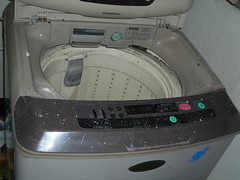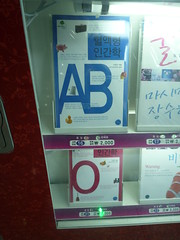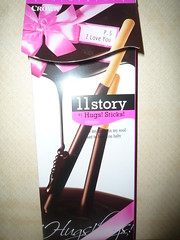ECC Christmas party
Earlier I had watched How the Grinch Stole Christmas with four different sets of students (admittedly some the day before with the MWF afternoon kids) and was still loving every minute of it. I think I'm going seriously soft since I actually choked up at more than one showing of it, and I don't think I ever had before. During the party I wore my super soft penguin hat (complete with stubby tail) that came with the icecream cake that Will had bought earlier to reward some good students. (At this point you may be remembering that Will also made some students tacos. Yes, he is more generous that I am.) After lunch we sang carols, which they had been practicing for a while.
At the end of the kindergarten party Mark, who teaches at public schools in the mornings and hence is the one foreign teacher that most of the kindergarteners don't know, came out as Santa and handed out presents. The three to six year olds patiently sat with their presents and waited to take them home, and by 'patiently' I mean that they actually didn't open them, which is loads more patient than I was at that age.
In the afternoon we had the students sing Christmas carols and fill in blanks in the lyrics sheets as dictation practice. My supervisor made some of the blanks far too hard, especially the Mirah Carey song 'All I want for Christmas is You,' where there were more blanks than words. We took pity on them and just started watching Christmas related movie clips and eventually the Grinch yet again. We had a lot of trouble holding their attention since they had no nostalgia or joy associated with the songs as we do, or even any familiarity with them, and they just wanted their three day weekend to start.
I didn't really do much for Christmas. Will and I considered climbing the Expo Park tower that is begging to be buildered, but while we were scouting the area a security guard materialized out of nowhere just to tell us not to ride our bikes in the park, so we scratched that idea. Alanna joined us to watch Terry Gilliam's latest, The Imaginarium of Dr. Parnassus. We all called our families the next day because we live in the future.
